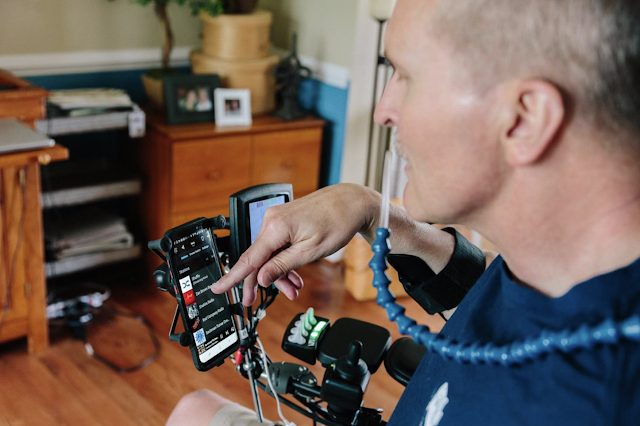Myths About Americans with Disabilities Act
Myths about the Americans with Disabilities Act
July 25, 2017
John Duvall
In 1990, the Americans with Disabilities Act (ADA) was signed into law, prohibiting employers, schools, and public places from discriminating against anyone on the basis of their disabilities, and requiring them to provide reasonable accommodations.
However, even after nearly 30 years with this law in place, many employers still don’t understand their obligations, and often carry misconceptions about hiring workers with disabilities. Let’s take a look at some common myths about hiring employees with disabilities, and whether there’s any truth to them.
Myth #1: It’s expensive to accommodate employees with disabilities
Not true. In fact, most employers (at least 73 percent) will pay nothing at all to accommodate employees with disabilities in the workplace. Of the workplaces that do need additional accommodations put in place, over half of them will incur expenses that total under $500. For more extensive or costly accommodations, the federal government offers tax incentives to help employers make their businesses more accessible.
Depending on the type and severity of the employee’s disability, accommodations can be very simple, such as providing an appropriate chair or color-coding regularly used office items for easier identification. A commonly-requested accommodation is flexibility in hours and work location, which is rapidly becoming a best practice in workplaces for all employees (whether they have a disability or not), and functionally costs nothing to provide.
Myth #2: Employees with disabilities can’t perform their job tasks without a lot of help.
False. In numerous studies on this question, the findings have been clear: managers rate their employees with disabilities to be as productive and valuable to the workplace as the rest of their colleagues. Managers also generally find that their employees with disabilities do not require any more management or support than any other employee.
According to workplaceanswers.com, “The majority of people with disabilities can perform their jobs without any assistance and prefer to be responsible for themselves. Also, they should have the same expectations and work requirements as employees without disabilities so that they can participate in the full range of human experiences—including success and failure.”
Myth #3: If you hire an employee with a disability, the ADA prevents you from firing them.
Also untrue. Employees with disabilities can be fired or laid off just like any other employee, as long as their termination meets one of these three conditions:
- If the firing isn’t related to the employee’s disability.
- If the employee is not performing their job tasks up to standard, even with necessary accommodations.
- If the employee poses a threat to the safety of the workplace as a result of their disability.
Myth #4: Accommodations for an employee with disabilities have to be available to all employees.
Nope. The employee’s disability allows them the right to have accommodations that do not necessarily apply to your entire workforce. For instance, if you have an employee whose disability requires accommodations such as limited on-call availability, the option to keep a snack at the workspace for their blood sugar, or telecommuting on certain days of the week, you are not required to offer those considerations to employees without disabilities.
That being said, there are many benefits to incorporating more flexibility in terms of work location and hours for your entire workforce, where possible. Parents of young children, employees with aging parents, and younger workers (millennials and Gen-Z) regularly list workplace flexibility as among the top benefits a workplace can offer. Providing this option to your whole staff will give you a significant recruiting and retention advantage.
Myth #5: If a person with a disability applies and interviews for a position at my company, I’m required to hire them.
This is also incorrect. When you’re hiring a new employee, and you interview a candidate with a disability, you’re not permitted to take their disability into consideration as a reason to disqualify them for employment. Instead, as with any other employee, you should solely look at their ability to succeed in the position.
What can employers do to create a more accessible and diverse workplace?
Creating a diverse workplace has far-reaching benefits, both for the productivity and innovation of your internal teams and for your reputation as a fair employer. Any misgivings managers and colleagues may have when adding a person with disabilities (or any other kind of difference, for that matter) to the team are generally a result of misunderstanding, not malice. Regular diversity and inclusion training can be useful to any workforce to help clear up any misconceptions about co-workers with different backgrounds and experiences.
Most workplaces could also benefit from a more robust mentorship program. Including employees of all backgrounds, abilities, ages, and skill levels in this kind of initiative can go a long way in terms of creating an inclusive environment, and it’s a wise investment in the professional development of your most valuable asset: your employees.
To learn more about the Americans with Disabilities Act of 1990, be sure to refer to the official website: ADA.gov.






Comments
Post a Comment